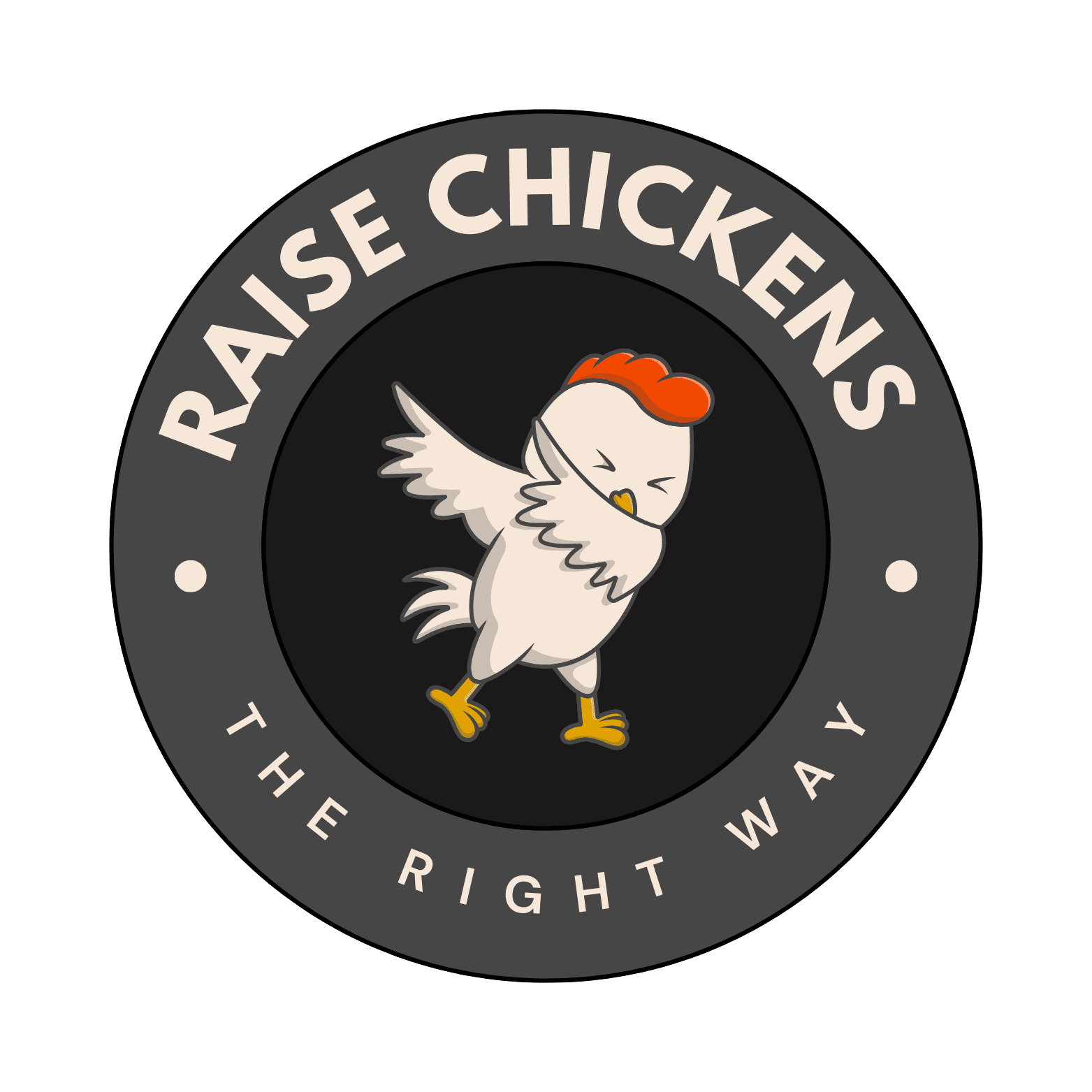Can Chickens Eat Kale? A Complete Guide to This Nutrient-Rich Superfood
As a chicken keeper for over a decade, I’m often asked about feeding kale to chickens. I’m excited to share that yes, chickens can absolutely eat kale, and it’s actually one of the best leafy greens you can offer your feathered friends! Let me walk you through everything you need to know about this nutritious treat.
Why Kale is a Fantastic Choice for Your Chickens
I’ve noticed that my chickens get particularly excited when I bring fresh kale to their run. It’s not just about keeping them happy though – kale is packed with essential nutrients that can benefit your flock’s health. With 4.3g of protein, 1.5g of fat, and 9g of carbohydrates per 100g serving, kale provides a well-balanced nutritional profile that supports your chickens’ overall health.
The Amazing Health Benefits of Kale for Chickens
When I first started feeding kale to my chickens, I was amazed by the positive changes I observed. Here are the key benefits I’ve noticed:
• Better egg quality with darker, more vibrant yolks
• Improved feather condition
• Enhanced immune system function
• Increased energy levels
• Better digestive health
How to Feed Kale to Your Chickens
I’ve learned through trial and error that there are several effective ways to serve kale to your flock. The best method I’ve found is to hang fresh, whole kale leaves in the run. This keeps the leaves clean and creates an engaging activity for your chickens. They’ll jump and peck at it throughout the day, which provides both entertainment and exercise.
You can also chop the kale into smaller pieces and mix it with their regular feed. I’ve found this works especially well during winter months when fresh forage is limited.
Common Misconceptions About Feeding Kale to Chickens
Let’s clear up some confusion I often hear from fellow chicken keepers. First, while kale is a superfood, it shouldn’t replace your chickens’ regular feed. I always remind people that it’s a supplement, not a main course. Some folks worry about kale being too tough for chickens to eat, but I’ve found that chickens are perfectly capable of breaking down the leaves, especially when they’re fresh.
Important Considerations and Precautions
Through my years of experience, I’ve learned that moderation is key. While kale is healthy, too much of anything can cause problems. Here’s my recommended feeding schedule:
1. Start with small amounts (2-3 leaves per 4-5 chickens)
2. Observe how your chickens react
3. Gradually increase the amount if well-tolerated
4. Aim for feeding kale 2-3 times per week
5. Always provide fresh, clean kale
Preparing Kale for Your Chickens
I’ve developed a simple routine for preparing kale that ensures my chickens get the most benefit. First, I wash the leaves thoroughly to remove any pesticides or dirt. Then, I remove any tough stems if they’re particularly woody. I’ve found that leaving the leaves whole or tearing them into large pieces works better than chopping them too small, as it keeps the chickens more engaged.
Seasonal Considerations
In my experience, kale is particularly valuable during winter months when other fresh greens are scarce. It’s one of the few vegetables that can withstand frost, making it an excellent year-round treat. During summer, I’ll often mix it with other greens to provide variety in their diet.
Signs Your Chickens Are Benefiting from Kale
After introducing kale to your chickens’ diet, you’ll likely notice several positive changes. I’ve observed that my hens’ egg yolks become noticeably darker within a few weeks. Their feathers also tend to look more vibrant, and they maintain better energy levels throughout the day.
When to Avoid Feeding Kale
While kale is generally safe, I’ve learned there are a few situations when you might want to hold off. If your chickens are showing signs of digestive issues, it’s best to stick to their regular feed until they’re feeling better. Also,
